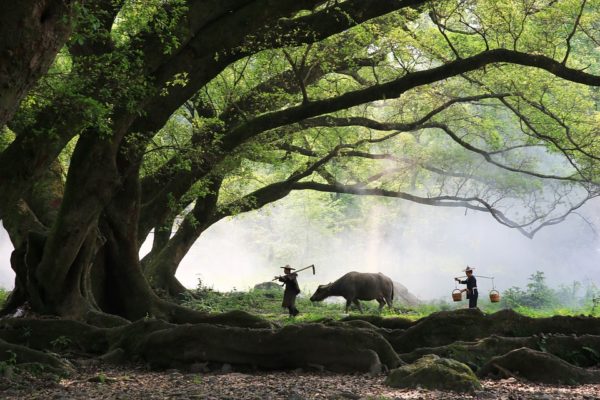Ancient trees, the venerable sentinels of forests, may preserve genetic diversity that helps woodlands thrive for thousands of years, a new study suggests.
In a typical deciduous forest, the oldest of the old trees — many of which were standing during the First Crusade — can act almost like time-travelers, representing the forest as it stood centuries before most of the trees around it were saplings. These ancient trees may have taken root in very different environmental circumstances as most other trees in the forest, meaning their offspring may have advantages should the environment change again.
Some species of trees are famous for living to mind-bogglingly ripe old ages: The White Mountains of California are home to unique populations of extremely long-lived bristlecone pines (Pinus longaeva), which can survive more than 5,000 years. California’s Giant Sequoia (Sequoiadendron giganteum) has been recorded living longer than 3,000 years, as has the alerce (Fitzroya cupressoides) of Chile and Argentina.


